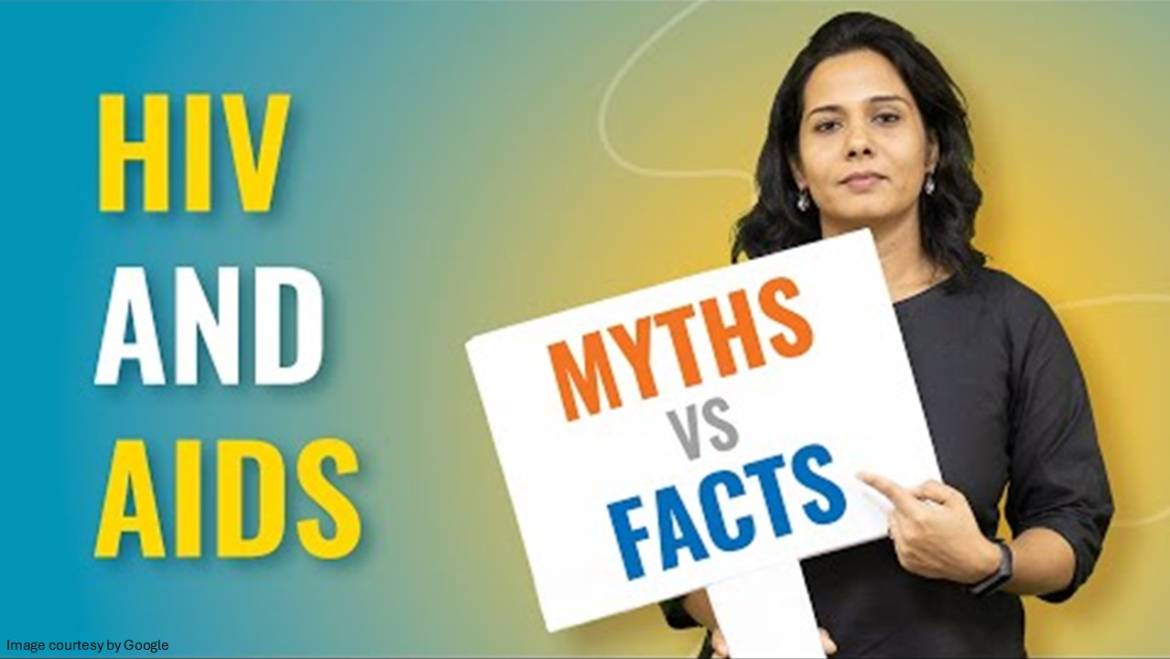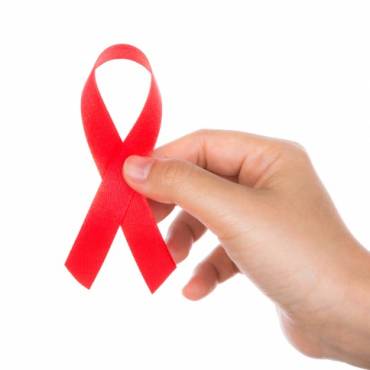Despite advancements in the management of HIV in the last few decades, unfortunately, a lot of misinformation still exists related to HIV. This article explores some of the most common myths about HIV and provides the facts about HIV that everyone needs to know to help combat the ongoing fear and promote a more informed and compassionate approach to HIV.
HIV myths and facts
Human immunodeficiency virus (HIV) is one of the most researched and discussed health conditions in the world. Despite decades of clinical trials, advancements in treatment, and awareness campaigns, there are a lot of HIV myths and misconceptions around. These misleading beliefs not only fuel social stigma and fear but also prevent many people from getting tested, treatment or protecting themselves effectively. It is also important to note that tests often produce a small number of false positive results. What is an HIV false positive test? It means that when an individual who is not infected with the virus receives a positive test result. Can HIV be false positive? Well, yes, sexually transmitted infections (STIs) like gonorrhea, chlamydia and syphilis can sometimes give rise to false positive HIV results. This may also happen due to errors in the tests or provider-based issues. Let’s verify the facts about HIV and understand the importance of accurate HIV information in breaking down barriers to prevention and care.
Myth 1: HIV leads to death
Truth: The oldest and most heartbreaking myth of HIV is that HIV results in death. Earlier in the 1980s, when the disease was epidemic, treatment options were limited, and the death rate from AIDS was extremely high. This gave rise to the belief that a diagnosis meant a short life expectancy. All thanks to advancements in the medical field, particularly the discovery of antiretroviral treatments, HIV is a manageable chronic condition. Those HIV patients who take their medications consistently can largely suppress the virus to undetectable levels and live much longer, normal, and productive lives. People with undetectable levels of the virus can’t transmit HIV to their sexual partners.
Myth 2: HIV can spread by being around people who are HIV positive
Truth: HIV can be spread through touch (hugging, kissing, shaking hands), sharing utensils, sharing the same toilet seat, or sitting just next to an HIV-infected person. This is one of the commonly spread myths about HIV infection. HIV can’t be transmitted through casual or everyday contact. The virus is only transmitted through body fluids, such as blood, breast milk, vaginal fluids, semen, and rectal fluids. What’s unfortunate is that HIV do not spread through air, tears, saliva, sweat, or pee. You can’t catch it by eating with someone, using exercise equipment at a gym, or working in the same office, because they do not carry any risk.
Myth 3: Mosquitoes can transmit HIV
Truth: Many people believe that mosquitoes or some other insects can spread HIV when they bite humans. Because the deadly virus passes through blood, people suspect that they could be affected by biting or blood-feeding insects. Many research studies have demonstrated that it doesn’t happen even in areas with a high number of mosquitoes and cases of HIV. When a mosquito bites, it does not inject the blood of an individual or an animal they bit before you. In addition, the HIV survival period is short inside them.
Myth 4: One can get HIV through oral sex
Truth: Well, it’s true that, as compared to some other types of sex, oral sex is less risky. The rate of transmission is very low (for example, 0 to 4 cases in 10,000 acts). But one can get HIV by engaging in oral sexual activity with either an HIV infected man or a woman. It is always advised to use a latex barrier during oral sex.
Myth 5: HIV Infected people can’t produce children
Truth: With careful monitoring and administration of antiretroviral medications, HIV patients can have healthy pregnancies and children, without spreading HIV to their partner or the child. If the mother receives their antiretroviral medications during pregnancy and delivery, and the baby receives appropriate preventive treatment, the risk of transmission can be significantly reduced. HIV infected man and woman can also adopt reproductive assisted techniques to conceive a baby.

Myth 6: You can tell if someone is HIV positive by simply looking at them
Truth: You can carry the deadly virus and not show any symptoms for years. The only way for you to know if you have HIV is to get tested. Making such assumptions based on just appearance or outward look is not only inaccurate but also harmful in the long term, as it contributes to social stigma and discrimination.
Myth 7: Being in a monogamous relationship guarantees protection from HIV
Well, monogamy reduces risk, but safety depends on whether both sexual partners are HIV-negative and faithful to each other. There are chances of transmission even if one partner has an undiagnosed HIV infection. Testing before and during the relationship, along with safe sex practices, ensures real protection against the deadly virus.
Myth 8. Only a certain population can get HIV
Truth: HIV is often mistakenly thought of as a health condition that only affects people of a certain group, such as men who have sex with men, sexual workers, and drug users. But the reality is that all kinds of people can be affected by HIV. Anyone, regardless of age, gender, or sexual orientation, can contract HIV if they are exposed to it. Things like sex with someone who has HIV, unsafe sexual contact, sharing needles or use of IV drugs can make you more likely to develop HIV.
Myth 9. HIV positive people can’t have healthy relationships
Truth: Many people think that HIV positive people can’t get married, have intimate relations, or lead a fulfilling life. With effective treatment, HIV infected people can enjoy healthy relationships. HIV medications help keep HIV symptoms under control. They help reduce the viral load in the body. If the deadly virus is suppressed to undetectable levels, where it can’t be detected in the body through antiretroviral treatment, the infected individual can’t transmit the virus through sexual contact. HIV status doesn’t define an individual’s ability to love or be loved or have a family.
The bottom line!
While unfortunately no cure is available for HIV/AIDS, positive people can live long, fulfilling lives with timely detection and adequate antiretroviral treatment. The current antiretroviral treatment can be very effective in keeping the virus at low levels and stopping it from replicating and destroying the immune system for an extended period. Moreover, if an individual can maintain viral suppression, then the HIV will not progress and thus will not be able to destroy the immune system.
There is research evidence that shows a slightly shortened lifespan for people with viral suppression as compared to HIV negative people. Everyone needs to debunk the myth of HIV that HIV is not a death sentence. Moreover, it is needed to understand the methods of transmission and that many HIV positive people are contributing immensely to society as well as their communities. They need love, care, and support from people around them. Once society is better educated about HIV, it will be able to offer appropriate HIV information and build a better support system.



